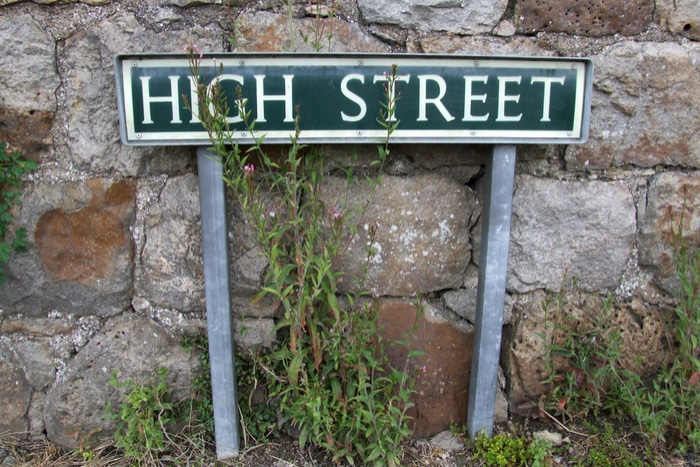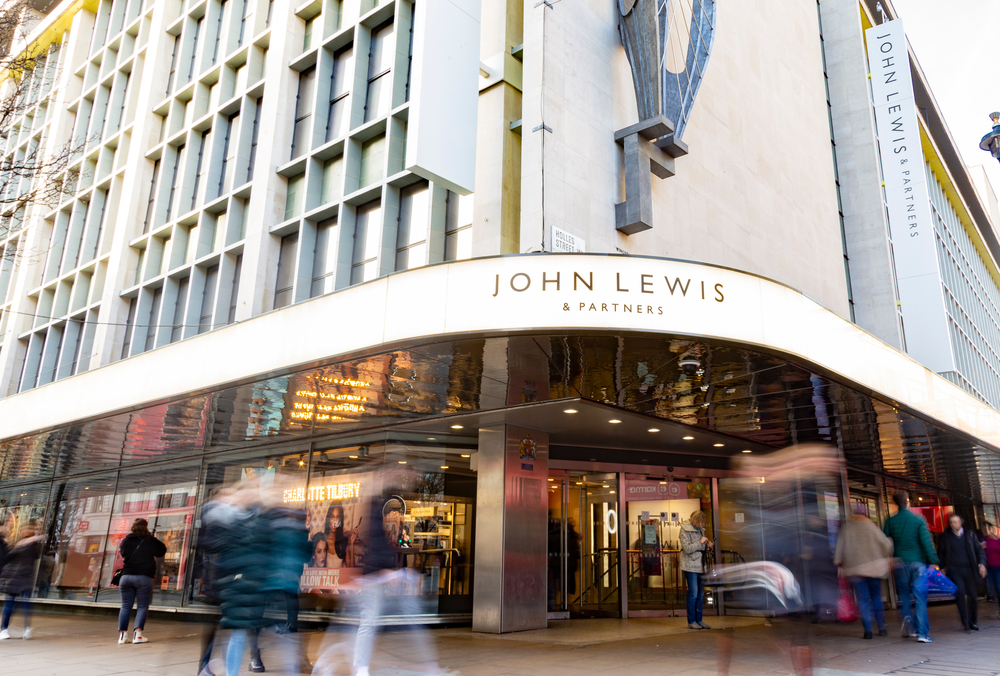“There is no point clinging to a sentimental vision of the past.”
Bill Grimsey’s second report, The Vanishing High Street, has received a fairly positive response from the retail sector considering its flagship strategy.
The former Wickes and Iceland chief executive released his review earlier this month, proposing 25 changes that need to be made for our high streets to stave off the threat of online shopping and spark a resurgence.
An overarching theme of his strategy is to reduce the high street’s reliance on retail, “re-fashioning” them as public spaces focused on their respective communities.
It also paints the culling of thousands of retail jobs, predicting 70,000 to be lost by the end of the year as retail powerhouses continue to collapse, as an inevitability.
The death of the high street has been predicted for decades but now, perhaps for the first time, bricks-and-mortar retail looks genuinely under threat of becoming irrelevant.
But would Grimsey’s vision for the high street actually work? Would replacing irrelevant stores with libraries and public spaces in town centres be financially viable or would people really want it?
Retailers, perhaps somewhat counter-intuitively, have so far been its most vocal supporter. This is because, aside from recommending a major shift away from focusing on bricks-and-mortar retail, it proposes some of the most potentially effective methods to reduce the current strain on the sector.
One of the key proposals is to entirely do away with business rates and instead implement a two per cent sales tax on all transactions both on the high street and online.
“Online doesn’t have to be at odds with the high street. In fact, online plays an important part in helping businesses in our local communities to thrive.
Rising business rates bills have been a prominent complaint in a great majority of this year’s retail casualties, and the disparity between taxes on online retail properties and high street stores is an issue few have put forward a genuinely viable method for tackling.
Currently Amazon pays around £27 per sq ft for its distribution and storage warehouses, and this thought to be 12 times less than the average high street store’s bill.
Grimsey’s report also promotes putting more power in the hands of local councils to decide what is best for their respective locations, a strategy the British Property Federation’s chief executive Melanie Leech thinks is “commendable”.
“Many of our towns are going to need significant adaptation,” she said.
“The report rehearses well the powers, partnerships, and policies that will help.
“It recognises the critical role of local authorities as place makers – and it also recognises that you cannot have a serious conversation about the challenges faced by high streets, without considering the impact of business rates.”
Should the government be brave enough to implement this strategy, there’s little doubt it would significantly level the playing field for physical and online retailers.
However, online retail isn’t going anywhere and any retailer who expects to outlast the current storm must embrace it rather than attempt to fight against it.
Ebay UK vice president Rob Hattrell believes Grimsey’s report missed an opportunity to encourage high street retailers to offset falling footfall with digital adoption.
“The report makes 25 recommendations to reinvigorate our town centres,” Hattrell said.
“I would suggest a 26th – helping bricks-and-mortar businesses to make the most of the digital opportunity, allowing them to reach more customers nationally and internationally.
“Online doesn’t have to be at odds with the high street. In fact, online plays an important part in helping businesses in our local communities to thrive.
“The shift to shopping online can support the high street if the digital gap is closed.”
Regardless of its strategy for what will remain of retail on the high street, the crux of the report urges town centres to focus on alternatives to retail, like entertainment, education and arts spaces, in order to make high streets relevant and viable once again.
With retail being the UK’s largest employer, accounting for around a third of consumer spending in the UK, a shift away from such a major industry would be a bold move.
It could also be a move that would prevent further strain on the UK’s economy. The fall in consumer spend, gradual decline in footfall and shift towards spending on doing things instead of having things is no secret.
According to Fujitsu’s digital retail lead Jat Sahi, it may even prove beneficial for retail down the line.
“Designing town centres as community hubs could actually prove positive for retailers, as having such attractions nearer stores would very likely keep a retailer front-of-mind for consumers and make them more likely to be visited,” Sahi said.
“A growing concern over keeping these large, regionally-dominant centres relevant in today’s retail market is to not further extend them with a ‘build it and they will come’ attitude.”
Perhaps a shift away from physical retail would help reinvigorate high streets, but a strategy that may work for one town, may have an adverse effect on another.
A successful high street depends on a raft of external factors like road networks and how accessible a town centre is, parking availability, trading hours, diversity of stores and their catchment’s spending power.
Dan Peake, a retail expert and partner at Montagu Evans, believes the report’s one size fits all approach is flawed, and that a shift away from retail would only work in town centres “that have effectively failed on all these points”.
“In these failing town centres, there is a clear need to try jump start the local community to shop locally,” he said.
“In this regard, the Grimsey Review’s attempt to kick start this is welcome. Nevertheless, taking this approach in larger, regional shopping hubs is unnecessary.
“They may be going through rental ‘valuation’ changes at the moment with retailers taking advantage of short lease terms, turnover focussed leases and a re-basing of their existing lease rents but there is still latent retailer demand, strong sales densities, limited voids and growing influence over their catchment areas.
“A growing concern over keeping these large, regionally-dominant centres relevant in today’s retail market is to not further extend them with a ‘build it and they will come’ attitude, but to continue to improve the existing retail and leisure offer through proactive retail asset management to ensure their longer-term vitality and viability.”
Though the potential efficacy of the strategies put forward in the Grimsey report are clearly a point of debate in the industry, its predictions for the coming months in retail don’t seem to be.
The report makes clear that retail’s current difficulties are not just down to an unfortunate economic climate, rather that these financial pressures have accelerated an inevitable cull of companies who are no longer relevant in today’s retail landscape.
It’s becoming increasingly difficult to argue the contrary.
Click here to sign up to Retail Gazette‘s free daily email newsletter


















